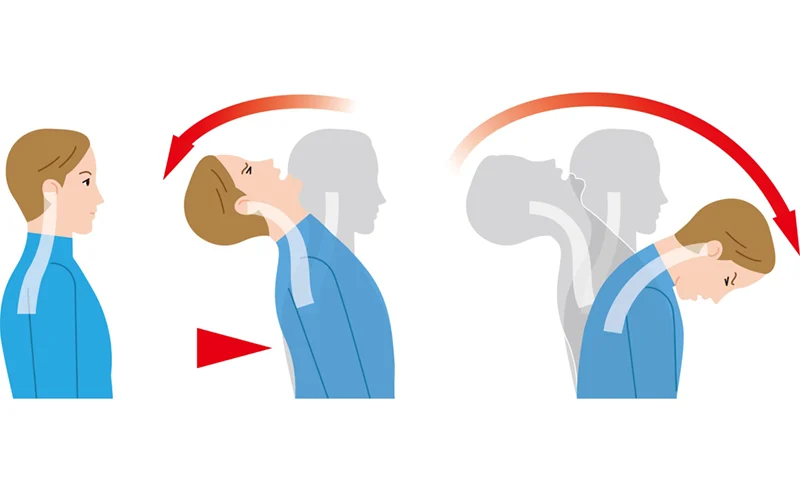In the United States alone over 12 million people are affected by diabetes, so much so that it is the seventh leading cause of death in the nation. Diabetes affects primarily small blood vessels, making it a perfect target for hyperbaric oxygen therapy that has been shown to stimulate the formation of new blood vessels and relieve compromised blood flow that in turn helps prevent organ failure that is sometimes seen in patients with diabetes.
What is Diabetes?
As a disease, diabetes affects how the body uses blood sugar, or glucose, which is an important energy source for the cells that make up our body’s muscles and tissues. Glucose is essentially the fuel for the engine that is our body. Regardless of the type of diabetes experienced in a patient, it can lead to levels of glucose in excess that can lead to further associated health issues. It is extremely important to find treatment modalities that can lower the risks associated with this disease.
Diabetes and HBOT
Studies have demonstrated that HBOT may lower overall blood sugar levels in the body and increase cellular sensitivity to both insulin and the reception of glucose by the skeletal muscles. There are also recent studies that found a potential link between HBOT and the regeneration of pancreatic islets of Langerhans which would allow for more production of insulin. A list of demonstrated benefits from various studies linking HBOT to diabetes treatment is shown below:
Improve Blood Chemistry Profile with HBOT
- Improved fasting blood sugar
- Reduced hemoglobin HbA1C levels
- Lipid profiles
Advance Glycemic Control with HBOT
- Increase pancreatic islets of Langerhans, the group of cells that help produce insulin
- Improve sensitivity to insulin
- Improve skeletal muscle reception of glucose
Decreased Cardiovascular Risk with HBOT
- Promotes blood pressure control in the long term
- Reduces the risk of sudden heart attacks due to abnormal heart rhythms
Stimulate Generation of New Blood Vessels and Reduce Inflammation with HBO
- Improve brain function and reduce risk of stroke
- Enhance heart function and reduce risk of heart attack
- Reduce risk of diabetic retinopathy, neuropathy, or nephropathy, all complications of diabetes across the body and it’s systems
Enhance Internal/External Healing with HBOT
- Promotes closure of wounds that were previously not healing
- Improve ulcerations
- Reduce risk of amputations
Clinical Study on the Efficacy of HBOT for Diabetic Amputations
A 2008 study evaluated HBOT’s effectiveness in reducing amputation rates for patients with diabetic foot ulcers. Researchers analyzed 184 patients who received an average of 39 HBOT sessions, each lasting one to two hours, six times a week. They assessed patient progress at 3, 6, and 12 months. Along with HBOT, patients received standard diabetic foot ulcer treatment. After treatment, 115 patients (62%) fully healed, 31 (17%) showed no improvement, and 38 (21%) required amputation due to disease progression. The study confirms HBOT’s effectiveness in lowering amputation rates for diabetic foot ulcers.
HBOT offers clear benefits for diabetes treatment. Beyond its healing effects, it helps patients counteract diabetes-related complications by adding oxygen therapy to their treatment plan.







